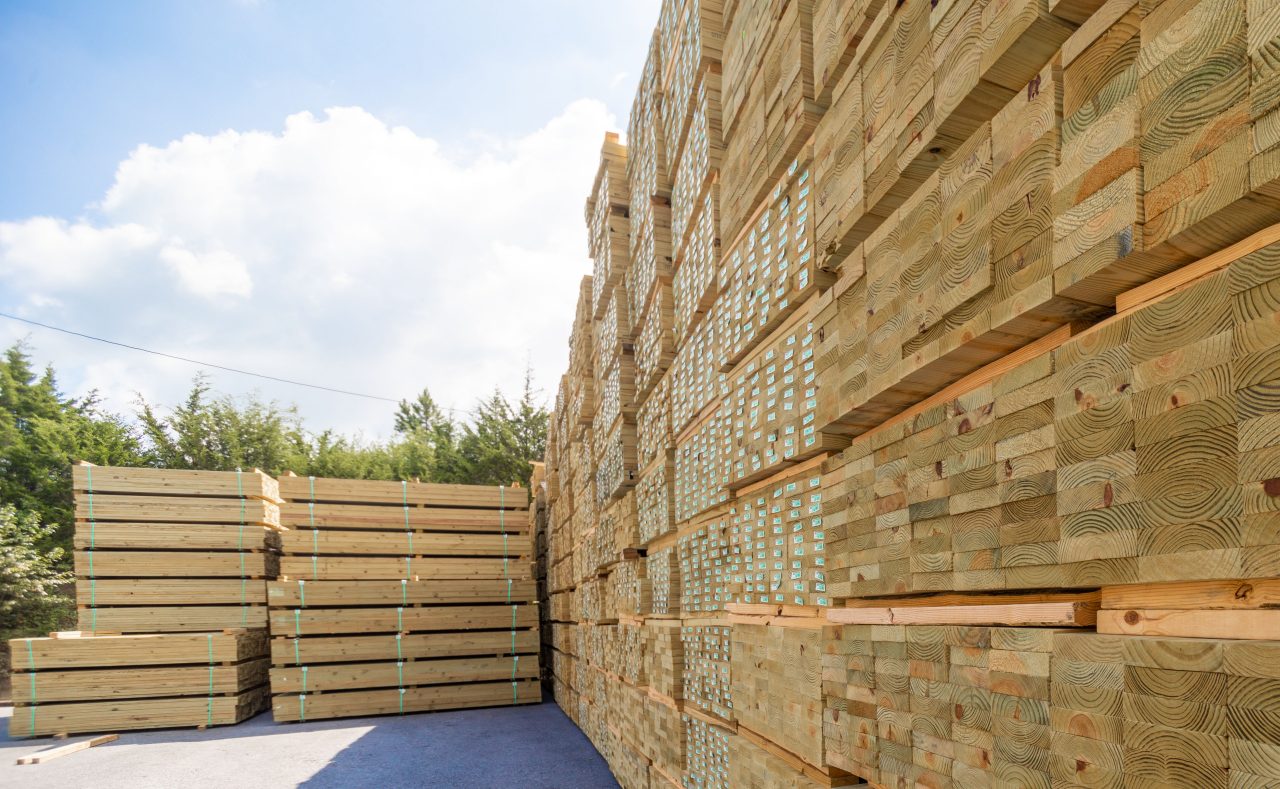Use and Handling
Construction
All untreated wood exposed by cutting or drilling should be adequately field-treated. Avoid removing the outer shell of wood where treatment is heaviest and resistance greatest. It is recommended that all structures be prefabricated before treatment; minimize problems by specifying framing, dapping, and boring before treatment whenever possible.
Worker Safety
Chemonite® wood can be stored, handled and worked like untreated wood. As with any wood, wear gloves to avoid splinters, wear eye protection and a dust mask when sawing, drilling and sanding. Wash hands before eating or smoking. Dispose of cut ends in a proper landfill. Treated wood should not be burned in open fires or in stoves, fireplaces or residential boilers. Treated wood from commercial or industrial use may be burned only in commercial or industrial incinerators or boilers in accordance with state and federal regulations.
Hardware
Some hardware manufacturers recommend only stainless steel connectors. We recommend no less than Post Hot-Dipped Galvanized, HDG, fasteners (meeting ASTM A 153) and connectors (ASTM A 653 Class G185 sheet) where there is contact with ACZA treated wood.
For below grade Permanent Wood Foundations, building codes generally require stainless steel. In highly corrosive environments–such as exposure to salt air and water, industrial fumes or fertilizer storage, high humidity or constant wetting–appropriate stainless steel should be used. Always use the same type metal for assembly of connectors and fasteners as dissimilar metals can accelerate corrosion. Aluminum or electroplated galvanized metals should never be used in contact with any treated wood.
IMPORTANT NOTE: Products which are cut, stamped or manufactured from continuous HDG steel (i.e., G185 HDG per ASTM A 653) result in raw or exposed edges. Such products are not Post Hot-Dipped Galvanized and are likely to exhibit greater corrosion.
Painting
At the time of shipment from the treating plant, Chemonite® preserved plywood is sufficiently dry for painting. If other lumber products are to be painted and there is insufficient time for air-seasoning, specify kiln drying after treatment to 19%.

